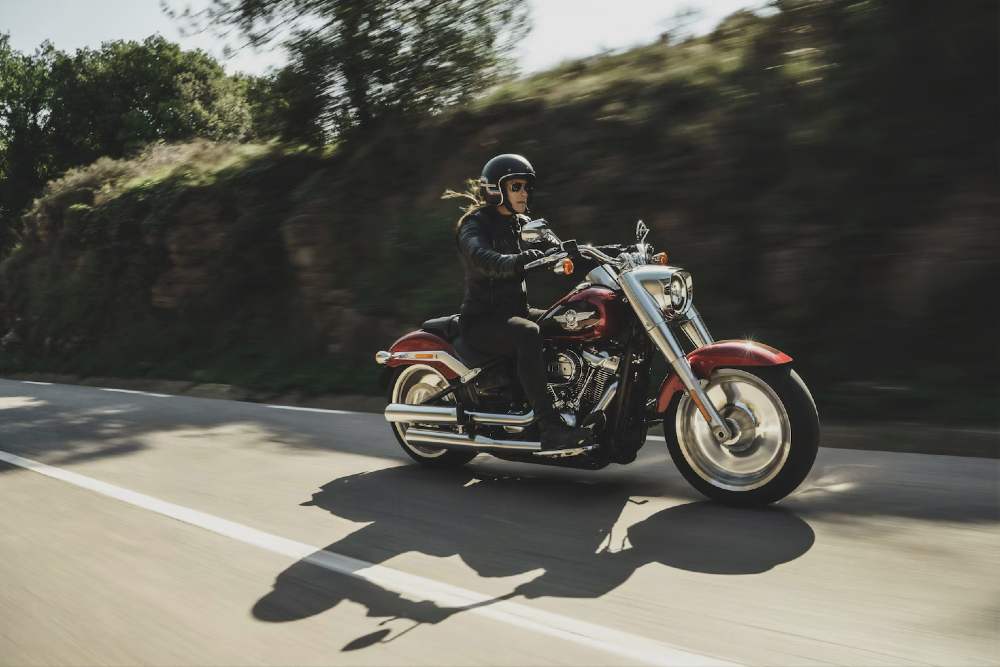Riding a motorcycle for the first time can be both thrilling and a bit intimidating. The freedom of the open road, the exhilaration of the wind on your face, and the connection to the landscape are all part of what makes motorcycling so enjoyable. However, safety is paramount for new riders, and taking precautions can make the experience far more enjoyable and secure.
Before you hop on your bike, make sure you’re prepared and understand the essential steps to stay safe. And in the event you ever need it, remember you can seek professional legal help to understand your rights as a motorcyclist.
Here are five key precautions every new biker should take before heading out on their first ride.
Contents
1. Invest in Quality Gear
Motorcycle gear is an investment in your safety and comfort. Quality gear doesn’t just look cool; it’s designed to protect you from serious injuries in case of an accident. Essential items include:
– **Helmet**: A DOT-certified full-face helmet offers the most protection for your head and face. It’s important to choose one that fits snugly and doesn’t obstruct your vision.
– **Jacket and Pants**: Choose riding gear that is made from durable materials like leather or textile with built-in armor for your elbows, shoulders, knees, and back. Some materials are also weather-resistant, which is helpful for all-season riding.
– **Gloves**: High-quality gloves protect your hands and improve your grip on the handlebars.
– **Boots**: Opt for ankle-high boots with a non-slip sole to protect your feet and ankles.
While it may be tempting to skip out on the gear in hot weather, full coverage is crucial for safety. Even the most skilled riders wear gear, knowing it significantly reduces injury risk.
2. Get Familiar with Your Bike
Understanding your motorcycle’s unique controls, balance, and features is an important step before hitting the road. Each bike has a different feel and reaction time, so spend time familiarizing yourself with its weight and controls. Practice using the clutch, throttle, brakes, and gears in a safe, open space like a parking lot before venturing into traffic.
Adjusting to the weight of the bike, especially at slower speeds, takes some practice. Find an area to practice stopping, accelerating, turning, and balancing before your first ride. This initial training helps you feel comfortable and confident in handling your bike, which is key for safety.
3. Plan Your First Route Carefully
It’s a good idea to keep your first ride simple and avoid high-traffic roads. Start with a route that you know well and feel comfortable navigating. Avoid highways, as they can be overwhelming for beginners due to higher speeds and dense traffic.
Choose a route with minimal stops, turns, and merges, allowing you to get accustomed to your bike without additional pressure from traffic. Avoid riding at night or during poor weather for your first trip, as limited visibility can make it more challenging to react to road conditions.
4. Brush Up on Road Rules and Riding Etiquette
Motorcyclists have different road rules than drivers, and being aware of them helps you stay safe and visible on the road. Remember these basics:
– **Stay visible**: Wear bright colors, use your headlights, and stay out of drivers’ blind spots.
– **Signal your intentions**: Clearly indicate turns and lane changes. Use hand signals if needed.
– **Follow safe following distances**: Motorcycles need more stopping distance than cars, so keep a safe buffer between you and the vehicle ahead.
– **Be cautious of road conditions**: Gravel, oil spills, or puddles can cause a motorcycle to slip, so always scan the road ahead for potential hazards.
Understanding the rules of the road as they apply to motorcyclists and practicing defensive driving will help prevent accidents and make your rides smoother and safer.
5. Check Your Bike Before Every Ride
A quick pre-ride inspection can prevent breakdowns and reduce the risk of accidents. Check your bike’s tires, brakes, lights, mirrors, and fluid levels before every ride to ensure everything is in working order.
Here are a few things to focus on during your inspection:
Tires**: Check for proper inflation and any signs of wear.
– **Brakes**: Test both the front and rear brakes to make sure they’re functioning.
– **Lights**: Ensure all lights, especially the brake lights and turn signals, are working correctly.
– **Mirrors**: Adjust mirrors to give a clear view of the lanes behind you.
– **Oil and Fuel**: Verify that oil and fuel levels are sufficient for your trip.
Developing this habit early on will keep your bike in better condition, reduce your maintenance costs, and keep you safer on the road.
Riding a motorcycle is an exhilarating experience that requires preparation, awareness, and respect for safety protocols. As a new rider, taking these precautions can protect you and others on the road while helping you build confidence in your skills.
Remember that safety should always be your top priority. With time and experience, riding will become second nature, but don’t hesitate to seek professional help if you encounter issues or have questions about your rights as a motorcyclist. Your first ride marks the beginning of an exciting journey, and with the right precautions, you’ll be ready for a lifetime of safe and enjoyable adventures on the road.

